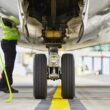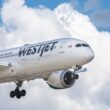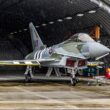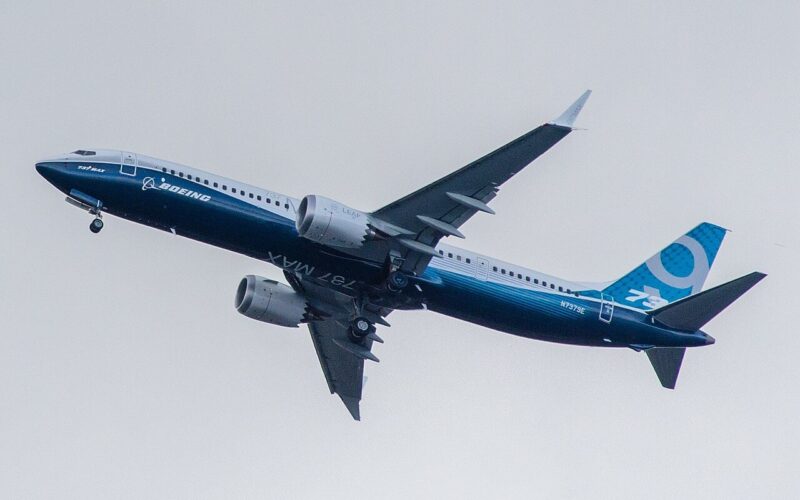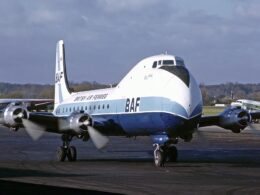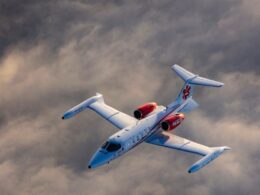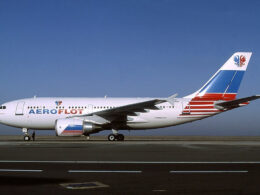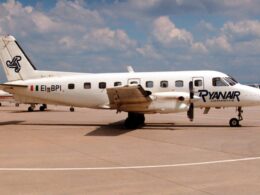From the archives | This article was originally written and published on May 13, 2019.
It seems like the Boeing name is inseparable from the number 7 and rarely anybody asks why. It’s one of those questions where you can wave it aside and tell yourself “that is just how it is”.
But the reality is far more complex than that. Throughout the ages, the question sat behind multiple secretive walls that would protect the secret behind Boeing‘s naming formula.
However, as time went on, the world became more open. The Berlin wall fell and subsequently, various organizations and government officials would reveal more and more information about their history.
Like the wall up North, Boeing‘s protective wall also fell.
The whole world finally knew why every single commercial Boeing aircraft starts with a 7 and ends with a 7.
From Model 40 to the 307
Barring the epic introduction into the article, the reality is much simpler and less, much less exciting.
It does go back to Boeing’s history, as the company always named their aircraft sequentially.
Before the Second World War, such aircraft as the Model 40, the first Boeing aircraft that carried passengers, the Model 80, the first American plane built to carry passengers, represented Boeing in the commercial sky. At the time, the Seattle-based manufacturer built mostly military aircraft – that was the company’s bread and butter.
 Boeing Model 40
Boeing Model 40
At that time, Douglas had a firm hold of the commercial aviation market with their DC-2 and DC-3.
However, slowly but surely, Boeing started gaining traction in the commercial market.
Firstly with the 307 Stratoliner, and then, after the war ended, Boeing came out with the 377 Stratocruiser. The year was 1947 when the Stratocruiser made its debut flight with the now bankrupt Pan American.
However, Boeing‘s commercial aircraft saw fairly limited success. At that time, Boeing mainly focused on military aircraft.
Yet changes were about to come.
From the 367-80 to the Boeing 707
As the War ended, Boeing’s president named William Allen decided the company needed to diversify its portfolio. To avoid confusion within the company and when communicating with Boeing’s customers, the engineering department classified their products as follows:
300 and 400 were designated for commercial aircraft;
500 would mean turbo engines;
600 were allocated to the rockets and missiles departments;
And Boeing assigned the number 700 to jet engines.
That’s why Boeing called the Stratoliner and Stratocruiser the Boeing 307 and Boeing 377 respectively.
 BOAC Boeing 377 Stratocruiser
BOAC Boeing 377 Stratocruiser
The first aircraft to bear the number 7 at the start was the 367-80. While it does sound confusing at first, but the prototype for Boeing’s first was called the 367-80. After a successful period of test flights, Boeing assigned the number 700 to the model, as it had a jet engine.
Nevertheless, this is where the magic of the naming formula comes true. As the first commercial jetliner was about to change revolutionize, Boeing‘s marketing team thought that the name 700 sounded quite boring. So instead, they suggested changing the name to the 707, as it sounded much better.
While it might be not so magical or exciting, the reason was a pure marketing one. But if you‘re looking for a more exciting story than how the 7×7 designation came to be, the history of the Boeing 707 is much more exciting. You can find our article about the 707 right here.
 Qantas’ Boeing 707
Qantas’ Boeing 707
So, to sum up, Why do Boeing models start with a 7? The engineering division dedicated the number 700 to jet-engined aircraft. Boeing‘s marketing division realized that the name 700 for their first jet aircraft would sound boring, so they suggested the name to be the 707, which had quite a nice ring to it.
And sometimes a story needs exactly one thing – that it would have a nice ring to it.
Oh, and did we mention that John Travolta once owned a Boeing 707, because he loved it so much?


